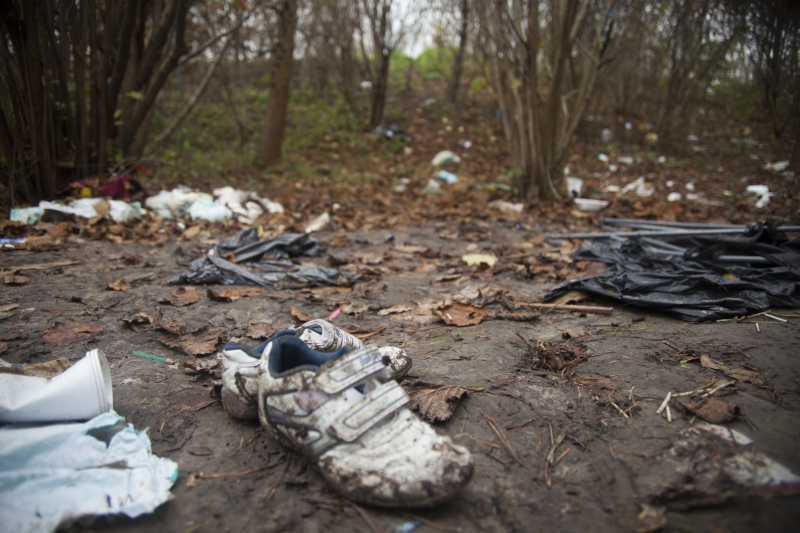The massacre of Hutus went on concomitantly with the clean-up of gravesites. According to UN investigations (Garretón, 1997), Human Rights Watch (Campbell, 1997), and Medecins Sans Frontieres (Bradol & Guibert, 1997), the perpetrators of the massacre made concerted efforts to conceal the evidence by cleansing massacre sites, burning corpses and killing or intimidating witnesses.

“I was part of a team that unearthed corpses from mass graves. We worked day and night for a long time to take bodies to other locations to be incinerated. It was about the time when people were calling for an investigation to confirm whether indeed there had been massacres of Hutu refugees in the area. Rwanda, of course, was denying the allegations and we had to destroy the evidence. We needed to hide the proof.
“Bodies were decomposing. We did this with our own hands, with no protection or gloves. Our superiors were behind us. These commanders hit us from time to time. It’s hard for you to imagine but we had to put corpses on our backs and dump them onto trucks. When we were discouraged, they would beat us and force us to carry on. I became ill afterwards” testified Jean-Baptiste, a Tutsi from a killing unit in Kagame’s army, interviewed by Judi Rever ( Rever, J., 2018. In Praise of Blood, The Crimes of the Rwanda Patriotic Front. Toronto: Random House Canada)
Efforts in eastern, central, and western Congo areas-clean-ups and intimidation have intensified since April 1997, paralleling an increase in allegations of massacres and the arrival in the region on four separate occasions of United Nations investigative teams. Pressure from the international community on the Congolese government to cooperate with the U.N. missions may also have contributed to intensified clean-up and intimidation efforts by the ADFL and its allies (Campbell, 1997).
“In the face of repeated obstructions by the Congolese authorities to the work of United Nations investigators, ASADHO [The African Association for the Defence of Human Rights], in collaboration with the International Center for Human Rights and democratic development], created, in November 1997, an International Non-Governmental Commission. Supported by a dozen NGOs, these two institutions met in Montreal, Canada, from January 25 to February 13, 1998, to analyze details collected on the ground. […] the verdict of these institutions was without appeal [1] : “The commission has found that there is reason to qualify as genocidal, the processes inherent to the crime of genocide, the persistence and consistency of the different methods used especially by the AFDL rebels and their allies in the elimination of part of the refugee population” (Musabyimana, G., 2004. L’APR et les refugiés rwandais au Zaire 1996-1997, Un Génocide nié. Paris: L’Harmattan )
[1] CIDPDD et ASADHO, Rapport de la Commission Internationale non-gouvernementale sur les violations massives des Droits humains en République Démocratique du Congo (ex-Zaïre) 1996-1997, p.112.
